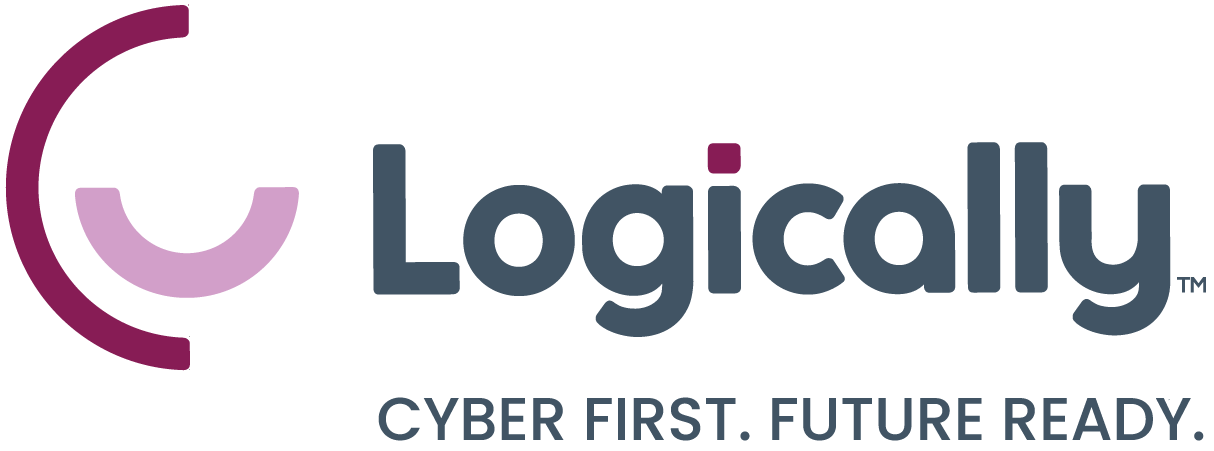
While the Internet of Medical Things (IoMT) isn’t a new concept, how healthcare organizations use it is changing fast. What started as a way to connect a handful of specialized devices has evolved into a vast, always-on network supporting everything from inpatient monitoring to outpatient diagnostics.
As adoption increases, so does risk. Every new device expands your attack surface, and most environments weren’t built to support this level of connectivity securely. For healthcare IT leaders, the challenge goes beyond securing devices. It’s time to rethink the infrastructure that supports them.
What Is IoMT? And Why Is It Growing So Fast?
IoMT refers to the network of connected medical devices and systems that collect, transmit, or analyze patient data. This includes everything from infusion pumps and ECG monitors to smart beds, wearables, and imaging equipment.
Healthcare providers are rapidly expanding their IoMT footprint to improve real-time decision-making, automate routine workflows, and deliver more personalized care. These devices are often adopted quickly to meet clinical needs, but without a unified approach to integration, visibility, or governance. As the number of connected devices climbs into the thousands, so does the complexity of managing them, and the urgency of securing the systems they rely on.
How IoMT Expands the Attack Surface
The danger isn’t always the most sophisticated. It’s the basics that typically trip organizations up. IoMT introduces security vulnerabilities not because of what the devices are, but because of how they’re deployed and maintained.
Devices are often connected without proper segmentation or firewalls. Some lack encryption or secure authentication altogether. Others haven’t been patched since they were installed. Oftentimes, IT teams haven’t documented how many devices are live, what they’re doing, or who’s responsible for them. And yet, these devices sit on the same network as EHR systems, billing platforms, and patient records.
In ransomware attacks, threat actors look for soft entry points, which are unsecured or forgotten devices that can be exploited to move laterally through the network. When those devices aren’t monitored or managed, they become the perfect on-ramp.
Quick Self-Assessment: Are You at Risk?
If you’re unsure whether IoMT is putting your environment at risk, ask yourself these five questions:
- Do you have a complete, real-time inventory of every connected medical device?
- Are devices segmented from core infrastructure to limit exposure?
- Are firmware and software patches applied on a consistent schedule?
- Is access to IoMT data controlled and monitored by IT, not just clinical teams or third-party vendors?
- Have you tested how your network would respond if an IoMT device were used as an entry point in an attack?
If you answered “no” or “I’m not sure” to any of these, it’s time to re-evaluate how your infrastructure supports and protects your expanding device ecosystem.
What Healthcare IT Leaders Can Do Next
Securing IoMT requires more than device-level fixes. It calls for resilient infrastructure that’s designed to scale, segment, and adapt as more devices come online. With the right infrastructure and mindset, healthcare leaders can embrace new technologies without sacrificing security.
The Healthcare IT Leader IoMT To-Do List:
- Build an elastic IT foundation that can integrate new devices without creating new vulnerabilities
- Apply zero-trust security models to restrict and validate device-level access
- Involve clinical, legal, and operational teams in shared risk discussions
- Partner with an MSP that understands both the technical and regulatory demands of healthcare
- Map out a plan to monitor, segment, and harden every part of the device network
Modern Care Deserves a Modern Infrastructure
IoMT adoption isn’t slowing down, but as your network grows, so does your exposure. Securing your environment starts with visibility, then builds toward resilience.
Schedule a consultation with one of our strategic experts to assess your IoMT risks and build a more secure foundation for connected care.




